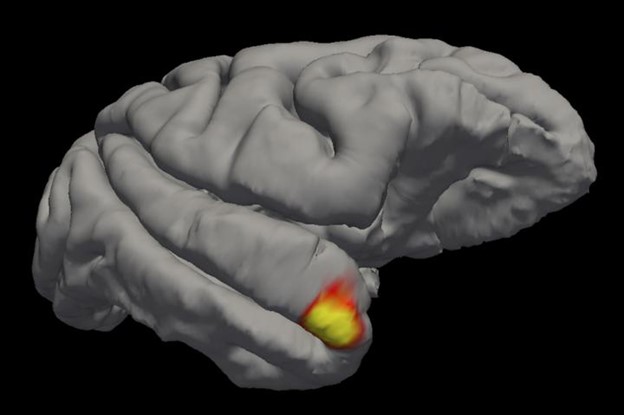
What’s operating when we have a visceral flash of recognition like we do when we see a familiar face (like grandma’s)? There’s been a search for the single brain cell responsible, a “grandmother neuron” that resides at the crossroads of sensory perception and memory, capable of prioritizing an important face. Until now, it’s been elusive.
Research now, however, reveals a class of neurons in the brain’s temporal pole area that links face perception to long-term memory. Instead of a single cell, it’s a population of cells that collectively remembers grandma’s face. The findings, recently published in Science, are the first to explain how our brains recognize familiar faces.
Recently, researcher Freiwald and colleagues discovered that a small area in the brain’s temporal pole region may be involved in facial recognition. The team used functional magnetic resonance imaging (MRI) as a guide to zoom in on the TP regions of two rhesus monkeys, and recorded the electrical signals of TP neurons as the macaques watched images of familiar faces they knew in person and unfamiliar faces that they had only seen virtually, on a screen. Neurons in the TP region responded to faces that the subjects had seen before more strongly than unfamiliar ones. The neurons were fast–discriminating between known and unknown faces immediately upon processing the image. The cells responded 3x more strongly to familiar over unfamiliar faces even when subjects had seen the unfamiliar faces many times virtually, on screens.
The discovery of the TP region at the heart of facial recognition means that researchers can soon start investigating how those cells encode familiar faces. Such findings could have clinical implications for people suffering from face blindness, a socially isolating condition that affects about one percent of the population.
Original Release: Eureka Alert
